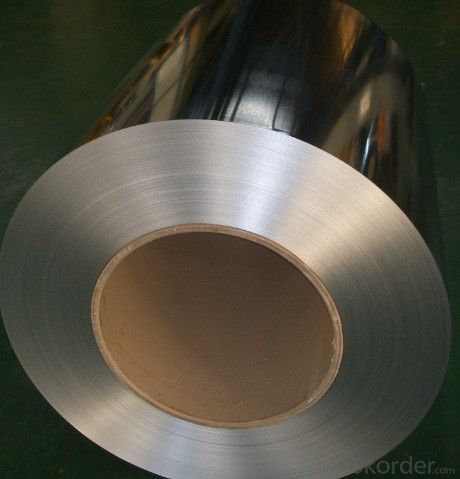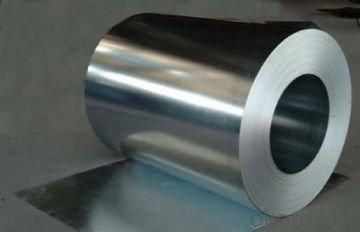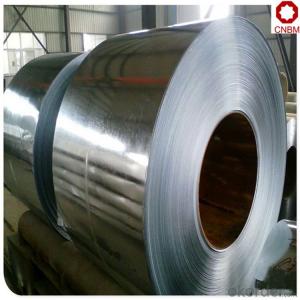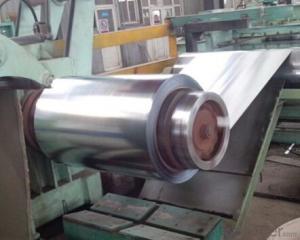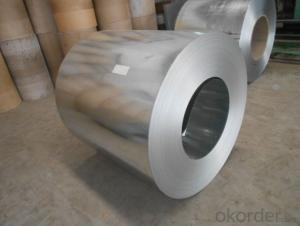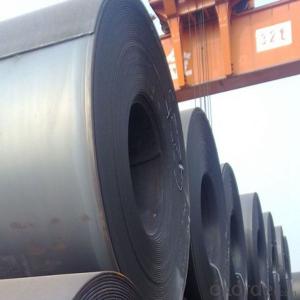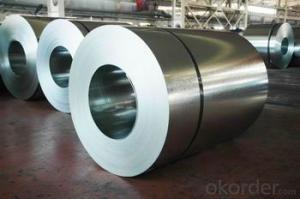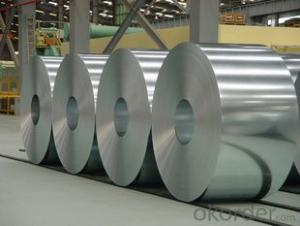Hot-Dip Galvanized Steel Coil/Sheet in competitive Price and Best Quality
- Loading Port:
- Shanghai
- Payment Terms:
- TT OR LC
- Min Order Qty:
- 50 m.t.
- Supply Capability:
- 10000 m.t./month
OKorder Service Pledge
OKorder Financial Service
You Might Also Like
Hot-dip Zinc Coating Steel Building Roof Walls
1.Structure of Hot-Dip Galvanized Steel Sheet Description:
Hot-dip galvanized steel coils are available with a pure zinc coating through the hot-dip galvanizing process. It offers the economy, strength and formability of steel combined with the corrosion resistance of zinc. The hot-dip process is the process by which steel gets coated in layers of zinc to protect against rust. It is especially useful for countless outdoor and industrial applications. Production of cold formed corrugated sheets and profiles for roofing, cladding, decking, tiles, sandwich walls, rainwater protective systems, air conditioning duct as well as electrical appliances and engineering.
2.Main Features of the Hot-Dip Galvanized Steel Sheet:
• Excellent process capability
• Smooth and flat surface
• Workability, durability
• Excellent anticorrosive property
• High strength
• Good formability
• Good visual effect
3.Hot-Dip Galvanized Steel Sheet Images
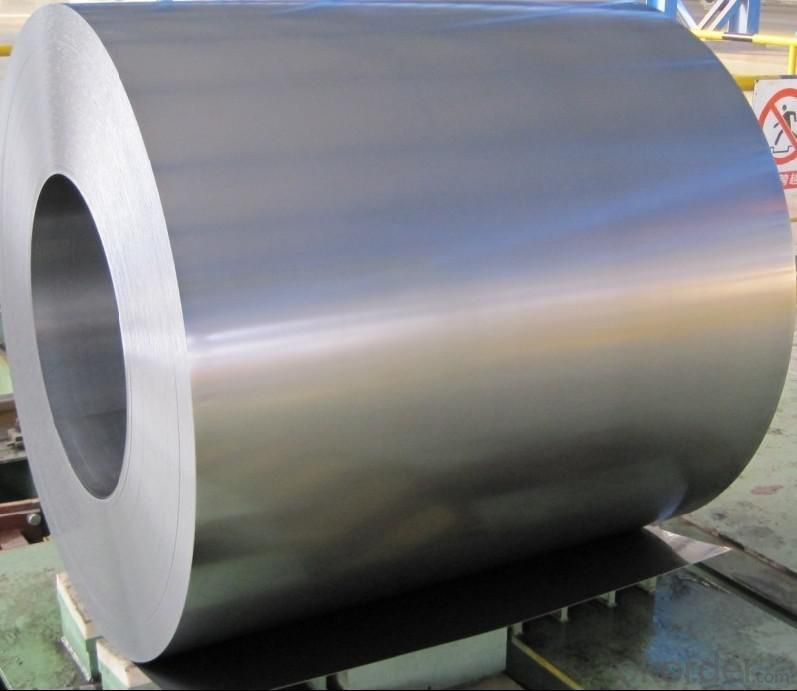
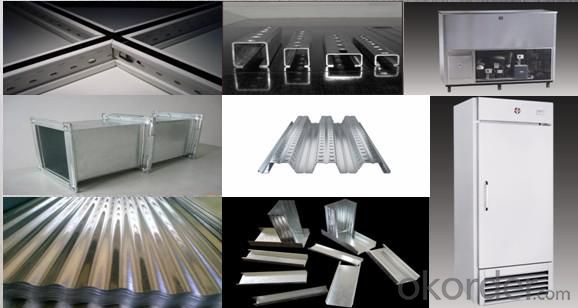
4.Hot-Dip Galvanized Steel Sheet Specification
Standard: ASTM, JIS,EN
Grade: CS, DX51D+Z,SGCC, SS 230~550,S220GD+Z~S550GD+Z, SGC340~SGC570
Thickness: 0.1mm~5mm
Width: max 2000mm
Coil weight:3-12 MT
Coil ID:508/610mm
Surface structure: zero spangle, regular spangle or minimum spangle
Surface treatment: Chromate treatment, Oiled/dry, skinpassed/non-skinpassed
Packing: Standard seaworthy export package
Technology test results:

5.FAQ of Hot-Dip Galvanized Steel Sheet :
We have organized several common questions for our clients,may help you sincerely:
1.How about your company?
A world class manufacturer & supplier of castings forging in carbon steel and alloy steel,is one of the large-scale professional investment casting production bases in China,consisting of both casting foundry forging and machining factory. Annually more than 8000 tons Precision casting and forging parts are exported to markets in Europe,America and Japan. OEM casting and forging service available according to customer’s requirements.
2.How to guarantee the quality of the products?
We have established the international advanced quality management system,every link from raw material to final product we have strict quality test;We resolutely put an end to unqualified products flowing into the market. At the same time, we will provide necessary follow-up service assurance.
3. How long can we receive the product after purchase?
Usually within thirty working days after receiving buyer’s advance payment or LC. We will arrange the factory manufacturing as soon as possible. The cargo readiness usually takes 15-30 days, but the shipment will depend on the vessel situation.
- Q: How are steel coils tested for mechanical properties?
- Steel coils are tested for mechanical properties through various methods, including tensile testing, hardness testing, and impact testing. Tensile testing involves stretching the steel coil until it breaks to determine its strength, elasticity, and ductility. Hardness testing measures the resistance of the steel to indentation or scratching, indicating its overall toughness. Impact testing involves striking the coil with a pendulum to assess its ability to absorb energy without fracturing. These tests help evaluate the quality and performance of steel coils in different applications.
- Q: How are steel coils inspected for surface quality?
- Steel coils are inspected for surface quality through a visual examination process, where trained inspectors closely examine the surface of the coils for any defects or irregularities. This includes looking for scratches, dents, stains, or any other imperfections that may affect the quality of the steel. Additionally, advanced technologies such as automated scanning systems or cameras may also be used to detect and analyze any surface defects that are not easily visible to the naked eye.
- Q: Which is more reactive? Zinc or Steel? And why?
- Zinc. Steel is an alloy consisting mostly out of iron, In the reactivity seris, zinc is more reactive than iron. Therefore, zinc is more reactive than steel
- Q: How are steel coils inspected for hardness?
- Various methods are used to inspect the hardness of steel coils, ensuring their quality and suitability for specific applications. The Rockwell hardness test is a common method, involving the use of a diamond or ball indenter pressed into the coil's surface to measure indentation depth. The hardness value is then determined based on this measurement. Another method is the Brinell hardness test, which uses a hardened steel or tungsten carbide ball indenter to create an indentation on the coil's surface. The diameter of the indentation is measured, and the hardness value is calculated using a formula that considers the applied load and indentation diameter. On the other hand, the Vickers hardness test utilizes a pyramidal diamond indenter to create an indentation on the coil's surface. The lengths of the indentation diagonals are measured, and the hardness value is calculated using a formula that takes into account the applied load and diagonal lengths. In addition to these traditional methods, modern technology has introduced non-destructive testing techniques such as ultrasonic testing and eddy current testing. Ultrasonic testing involves transmitting ultrasonic waves through the coil and measuring the time it takes for the waves to return. Changes in the wave pattern can indicate variations in hardness. Eddy current testing, on the other hand, uses electromagnetic induction to detect changes in electrical conductivity, which can be correlated to hardness variations in the steel coil. Overall, steel coils undergo thorough inspection using a combination of traditional and advanced techniques to ensure their hardness meets the required specifications. These inspections are vital in maintaining the quality and dependability of steel products in various industries.
- Q: If needed for Defence could a stainless steel sword kill someone my buddy wanted this sword for Defece after it is sharpend here is a picture
- Ya it could kill someone if it was sharpened enough but from experience stainless steel swords don't get as sharp as Carbon or higher grade steel. Not to mention it would probably bend if you hit someone with it all the way. Hell the one I let some people who were chopping a bush ( just a normal bush ) they were playing around and it got bent. I'm going to say I can't suggest a stainless steel sword for anything other then handing on your wall. Not even going into the whole If you use a sword for self defense is it considered self defense? debate. It's a sketchy situation not to mention you would need training with a sword to actually use it without it just getting brushed off.
- Q: How would you calculate the maximum plastic deformation (expansion) a steel pipe can handle before it actually fails?
- You can calculate the maximum reversible strain, for elastic loading as follows: You need to look up the yield strength (for that particular type of steel). Divide this yield strength by the elastic modulus of steel (also called Young's modulus). That gives you the strain at the onset of yielding, the maximum you can strain the steel fibers before crossing the point of no return. If you are interested in the strain until failure, you need to take tensile test measurements. Seldom do people document an equation to model the non-elastic portion of the stress-strain curve of the specimen, because seldom do we design systems to operate with materials which yield. We want systems which only deform reversibly and elastically. This means you need to perform an experiment to find what you are actually desiring to know.
- Q: How are steel coils used in the production of steel washers?
- Steel coils are used in the production of steel washers as they are unwound, flattened, and cut into smaller pieces to create the raw material for manufacturing washers.
- Q: How are steel coils used in the production of pipes and tubes?
- Steel coils play a crucial role in the manufacturing of pipes and tubes. They serve as the primary material for shaping the cylindrical structure of these products. The process begins by unrolling the coils and feeding them into a pipe or tube mill, where a series of manufacturing procedures take place. Initially, the steel coils are unwound and straightened to eliminate any bends or twists. Subsequently, the edges of the coils are trimmed to ensure a smooth and even surface, a technique referred to as slitting. Following this, the coils are passed through a forming machine, which bends them into the desired shape. For pipes, the coils are shaped into a circular form, whereas tubes can be molded into different configurations like square, rectangular, or oval. Once the coils have been shaped, they are welded together along their length to create a continuous pipe or tube. This welding process can be accomplished using a variety of techniques, such as high-frequency induction welding, electric resistance welding, or submerged arc welding. After the welding process is complete, additional procedures may be carried out on the pipes or tubes to enhance their properties. These procedures may involve heat treatment, like annealing or quenching, to improve strength or hardness. Finally, the pipes or tubes are cut to the desired length and may undergo further finishing processes, such as straightening, polishing, or coating, depending on their intended application. In summary, steel coils serve as the foundational material in the production of pipes and tubes. They are unrolled, straightened, and molded into the desired shape before being welded together to create a continuous product. Additional processes can be applied to improve the properties and meet specific requirements of the pipes or tubes.
- Q: I want to purchase a set of knives made of carbon steel and want to be able to store them on a magnetic knife strip for handy access, I just wasn't sure if this alloy would stick to a magnet????Thanks
- Carbon steel knives will stick to a magnet. Stainless steel may not.
- Q: I have a knife with 154cm steel on it and I always here that you should put oil on it to keep it from rusting but I am just wondering what kind of oil? And how do I apply it and do I just leave it on there?
- I don't know that steel, or what kind of knife it is, but unless it is a kitchen knife use the same thing you would use on a gun. Use an oil that dries, like Eezox, or use paste wax, or BreakFree, or Corrosion X.
Send your message to us
Hot-Dip Galvanized Steel Coil/Sheet in competitive Price and Best Quality
- Loading Port:
- Shanghai
- Payment Terms:
- TT OR LC
- Min Order Qty:
- 50 m.t.
- Supply Capability:
- 10000 m.t./month
OKorder Service Pledge
OKorder Financial Service
Similar products
Hot products
Hot Searches
Related keywords



